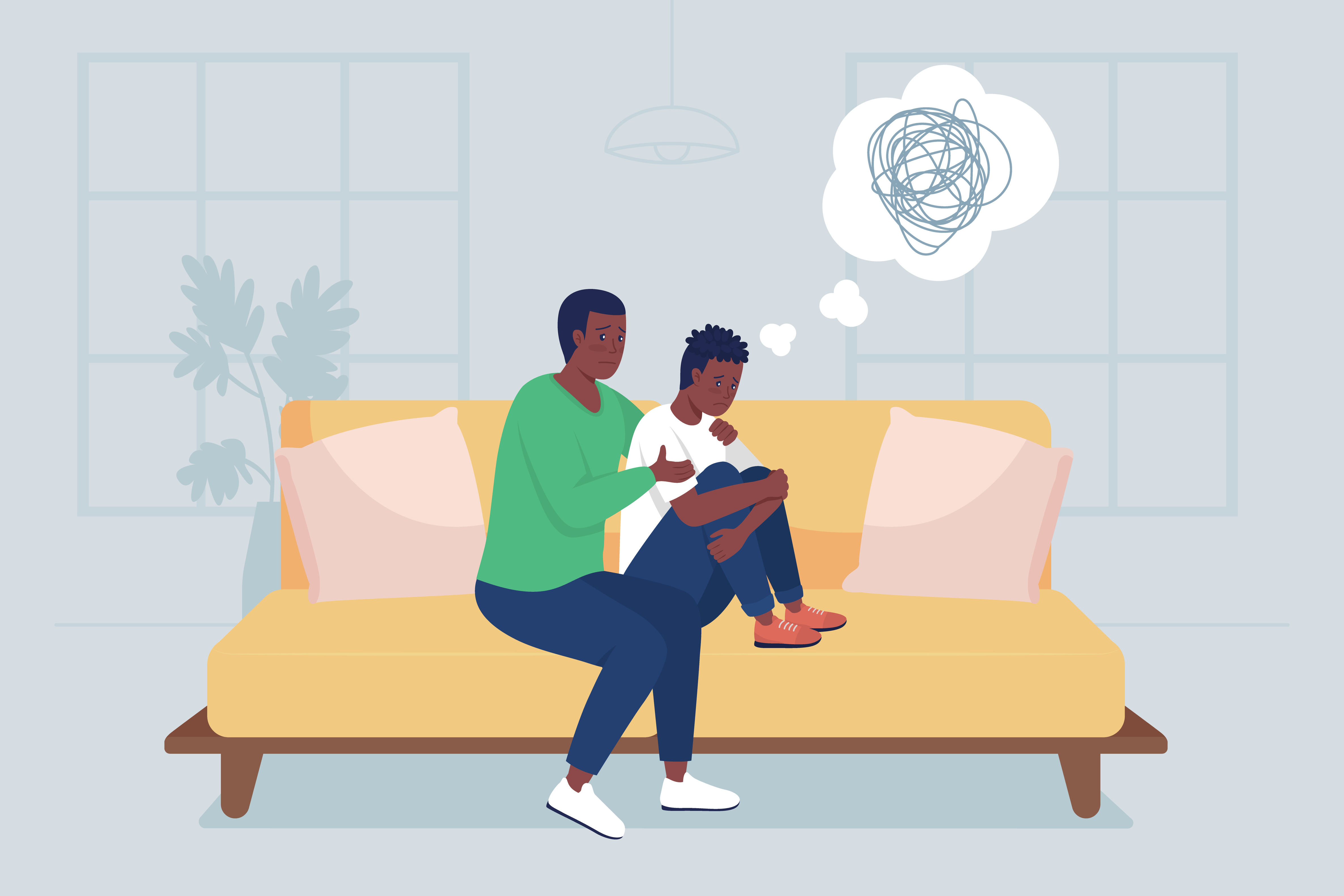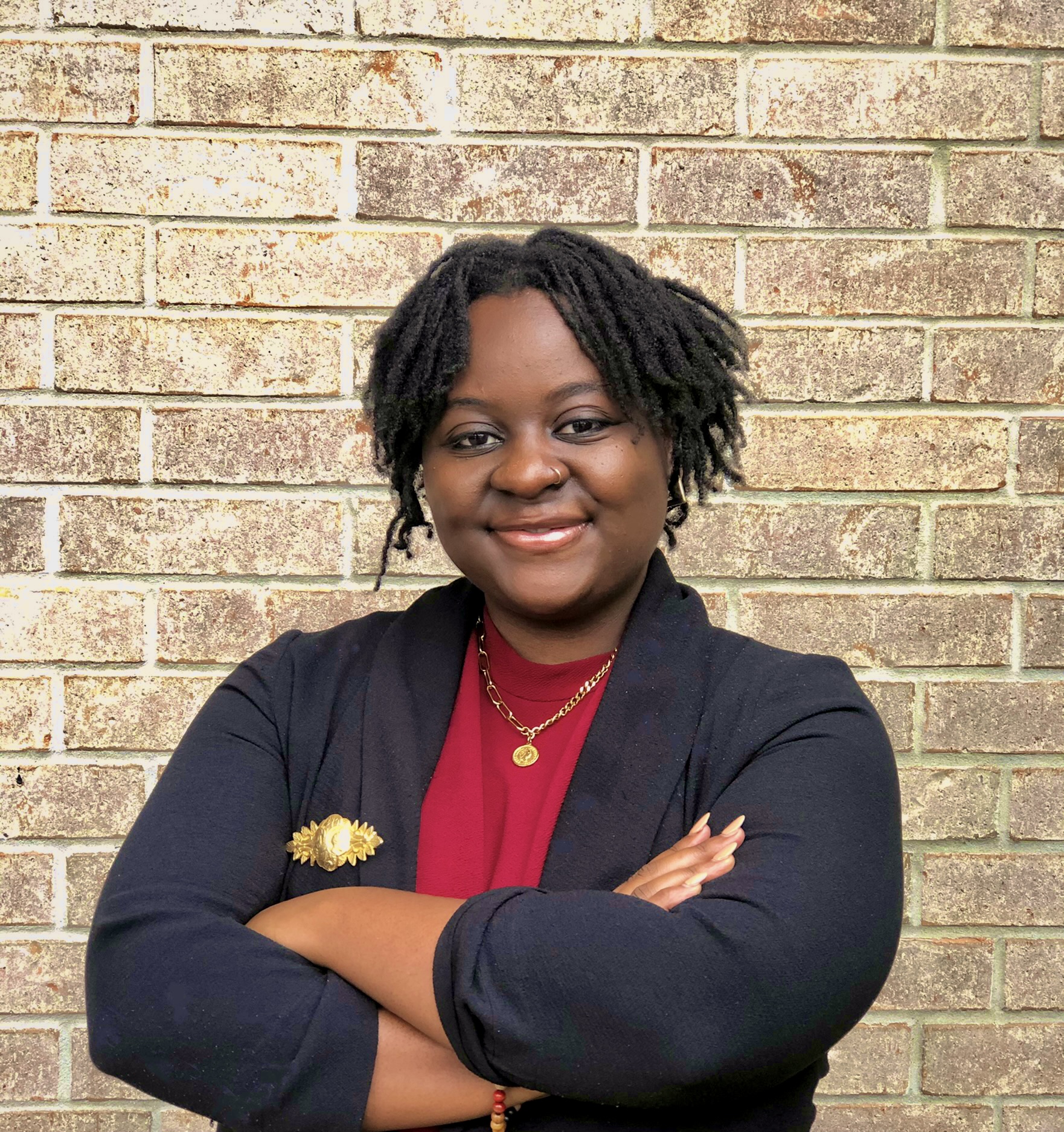Hidden Wounds Inequities in Bereavement and Grief Experiences of Black and Latinx Adolescents: Considering the Role of Homicide Exposure in Symptoms and Implications for Treatment (July 1, 2022)
On May 14th, 2022, 10 Black adults were murdered at a community grocery store, located in the predominately Black neighborhood of East Side, Buffalo, New York by a white supremacist. The majority of these victims were 60 and above and were parents and grandparents to multiple children and adolescents. On May 24th, 2022, 19 elementary school students and two teachers at Robb Elementary School were murdered in Uvalde, Texas, a predominately Latino city in south Texas, 60 miles from the United States-Mexico border. In both instances of domestic terrorism, the shooters were identified as 18-year-old males with automatic weapons; both targeted low-income communities of color and took the lives of vulnerable groups in traditionally secure community spaces. As a result, calls for solutions to the epidemic of mass shootings have reverberated across the U.S.
The effects of homicide exposure can ripple far beyond the adult or child whose life was lost. According to a recent study, the majority of homicides in the United States involve a firearm (e.g., 79% in 2020; CDC). Among U.S. youth aged 5 to 24 years, firearm-related deaths, including homicide, are positively associated with poverty, with Black (31%) and Latino (23%) youth experiencing higher rates of household poverty than White youth (Barret et al., 2022). Moreover, Black youth and Latino youth from immigrant families are more likely to lose multiple loved ones before reaching adulthood than other youth (Ulmer et al., 2012). Adolescents who have lost loved ones to violence, such as homicide, may experience intense persistent distress, which can include behavioral/cognitive avoidance and persisting feelings of rage, guilt, shame, numbing, and desires for revenge. Worries regarding the ongoing safety of themselves and their remaining loved ones may be significant and particularly relevant for Black and Latino youth given their more frequent exposure to premature and preventable deaths.
 Disruptions to social connections through separation or loss can interfere with healthy child development, increasing hypervigilance and emotional and physical reactivity in response to stress. Adolescents exposed to violence are also more likely to engage in risk-taking behaviors such as substance abuse, diminished school engagement, and criminal activity (CDC). Due to disparities in resources such as access to financial support, mental health care, and other community support a death within Black and/or Latino communities could have an even greater impact on youth grief reactions. The immense dying, death, and grief vulnerabilities can threaten the generational progress and well-being of Black and Latino families and communities. While conversations continue to take place regarding how to prevent further tragedies from happening, it’s also important to attend to the grief of youth exposed to homicide.
Disruptions to social connections through separation or loss can interfere with healthy child development, increasing hypervigilance and emotional and physical reactivity in response to stress. Adolescents exposed to violence are also more likely to engage in risk-taking behaviors such as substance abuse, diminished school engagement, and criminal activity (CDC). Due to disparities in resources such as access to financial support, mental health care, and other community support a death within Black and/or Latino communities could have an even greater impact on youth grief reactions. The immense dying, death, and grief vulnerabilities can threaten the generational progress and well-being of Black and Latino families and communities. While conversations continue to take place regarding how to prevent further tragedies from happening, it’s also important to attend to the grief of youth exposed to homicide.
In our recent study of 436 Black (28%), Latino (41%), and White (31%) adolescents (12-18 years-old, Mage = 12.20, SD = 2.98; 55% female) seeking treatment at a trauma and grief specialty clinic, we investigated associations between circumstances of the death of their loved ones and their subsequent grief reactions. Our results showed that losing loved ones to homicide was associated with grief distress regardless of race and ethnicity. However, Black and Latino adolescents were more likely than White adolescents to lose a loved one to homicide. Black and Latino adolescents also reported higher circumstance-related distress than did White youth. These results suggest that adolescents losing loved ones to homicide in particular may have exacerbated problematic grief reactions. This could be due to the violent and traumatic nature of these losses and tied to subsequent stressful circumstances during bereavement such as death-related stigma or fear for one’s remaining family member's safety.
Implications and Applications for Research, Policy, Clinical Work, and Community Engagement
Though bereavement and grief are normal and natural phases of the life-course process, incidents of premature and preventable deaths can be especially traumatic for vulnerable youth. Attention to research, policies, clinical work, and community engagement to develop culturally sensitive, trauma- and grief-informed resources/interventions to navigate these experiences is imperative. All stakeholders should consider engaging in community-based civic engagement by connecting with community leaders and institutions to increase accessibility to preventative care. For researchers, it is critical to acknowledge that race/ethnicity are not direct causal factors for trauma exposure and mental health distress. Future research should explore how exposure to structural disadvantages, such as financial stress, resource deficits, and systemic racism, may be related to specific grief reactions among Black and Latino adolescents. Other culturally-related factors that may shape youths' bereavement experiences and grieving processes, including cultural grieving traditions, migrant status, hate crimes, police brutality, and immigration-related experiences, should also be studied. Additionally, although loss through school shootings is less common than other forms of homicide-related loss, we need to know more about the effects of this increasingly common form of homicide loss on bereavement and grief experiences. It is also crucial for researchers to investigate protective factors that may help children cope with and recover from grief in healthy ways, such as through family and community support, financial resources, and prosocial engagement.
For policymakers, it is critical to consider the racial/ethnic context of loss experiences in social action efforts, including advocacy, grant writing, and resource distribution. For clinicians, treatment of youth for trauma and bereavement exposure should include screening for sociocultural factors and culture-specific language that adolescent clients may use to describe posttraumatic stress and grief symptoms. Clinicians should also be aware that youth engagement in prosocial behavior can be an adaptive response to bereavement via homicide. Prosocial behaviors related to preventing further lives from being lost to the cause of death, or reducing the suffering it causes, can include engaging in advocacy, or working toward career paths in law, medicine, or social work. Conversations surrounding meaning-making may also aid youth navigating persistent circumstance-related distress.
For community engagement, its pivotal to note that, as the lives lost to these tragic events are memorialized, social media can become a boundless source of graphic content, traumatic stress, and expressions of grief. Even for adolescents not directly affected, absorbing content regarding the violent death and cultural identities of those lost may trigger intense reactions from related communities. To lessen harm, adolescents can be encouraged to limit social media usage in times of stress, to resist “doom-scrolling” of trending topics surrounding homicide, and to turn off video auto-play on social media pages so that youth can reduce the risk of being involuntarily exposed to graphic content going viral. Notably, moderate social media use can also allow youth to engage in adaptive grieving practices online, such as written condolences, memory sharing, following accounts that are focused on healing and joy, campaigning for resources, and engaging in mutual aid. Seeing and connecting with others who have endured, survived, and emerged from similar significant losses may give adolescents hope for the future.
Resources for Helping Children Cope with Gun Violence Tragedies
Learn how to talk with children about violence, handle the disturbing content they may see, and more. Here are just a few of the many resources available.
- National Child Traumatic Stress Network
- Talking to Kids About Violence, Crime, and War
- How to talk to children about shootings: An age-by-age guide
- Helping children cope: Tips for talking about tragedy
- How to talk to your children about mass shootings, bombings, and other tragedies in the news
Other Suggested Readings
Bancalari, P., Sommer, M., & Rajan, S. (2022). Youth exposure to endemic community gun violence: A systematic review. Adolescent Research Review, 1-35. doi:10.1007/s40894-022-00178-5
Barrett, J. T., Lee, L. K., Monuteaux, M. C., Farrell, C. A., Hoffmann, J. A., & Fleegler, E. W. (2022). Association of county-level poverty and inequities with firearm-related mortality in US youth. JAMA pediatrics, 176(2), e214822-e214822. doi:10.1001/jamapediatrics.2021.4822
Douglas, R. D., Alvis, L. M., Rooney, E. E., Busby, D. R., & Kaplow, J. B. (2021). Racial, ethnic, and neighborhood income disparities in childhood posttraumatic stress and grief: Exploring indirect effects through trauma exposure and bereavement. Journal of Traumatic Stress, 1, 1-14. DOI: 10.1002/jts.22732
Guadamuz, J. S., Durazo, R., Morales, J. F., & Qato, D. M. (2021). Citizenship status and mortality among Latinos: Analyses of the US National Health Interview Survey linked mortality files. Health Services Research, 56, 90-91. https://doi.org/10.1111/1475-6773.13850
Kegler, S. R., Simon, T. R., Zwald, M. L., Chen, M. S., Mercy, J. A., Jones, C. M., Mercado-Crespo, M. C., Blair, J. M., Stone, D. M., Ottley, P. G., & Dills, J. (2022). Vital signs: Changes in firearm homicide and suicide rates - United States, 2019-2020. MMWR. Morbidity and mortality weekly report, 71(19), 656–663. https://doi.org/10.15585/mmwr.mm7119e1
Ulmer, J. T., Harris, C. T., & Steffensmeier, D. (2012). Racial and ethnic disparities in structural disadvantage and crime: White, Black, and Hispanic comparisons. Social science quarterly, 93(3), 799–819. https://doi.org/10.1111/j.1540-6237.2012.00868.x
Author Bios
 Robyn Douglas, M.A, is a Clinical Psychology Doctoral student at Texas A&M University under Dr. Noni Gaylord-Harden. Her research, clinical, and advocacy work examines the experiences of Black youth and youth of color exposed to community violence, racial trauma, and neighborhood poverty. Additionally, she is passionate about class-conscious and culturally informed mental health treatments, community-based healing practices, and the overall resiliency of oppressed communities. For more information, Robyn can be contacted at [email protected] or robynddouglas.com
Robyn Douglas, M.A, is a Clinical Psychology Doctoral student at Texas A&M University under Dr. Noni Gaylord-Harden. Her research, clinical, and advocacy work examines the experiences of Black youth and youth of color exposed to community violence, racial trauma, and neighborhood poverty. Additionally, she is passionate about class-conscious and culturally informed mental health treatments, community-based healing practices, and the overall resiliency of oppressed communities. For more information, Robyn can be contacted at [email protected] or robynddouglas.com
Julie Kaplow, PhD, ABPP, is the Executive Director of the Trauma and Grief Center at The Hackett Center for Mental Health/Meadows Mental Health Policy Institute as well as the Executive Director of the Trauma and Grief Center at the Children’s Hospital, New Orleans. Dr. Kaplow’s work focuses on the development, implementation, evaluation, and national dissemination of trauma- and grief-informed, evidence-based practices for children and adolescents exposed to trauma and bereavement.
Lauren Alvis, PhD, is a Research Psychologist at the Trauma and Grief Center at The Hackett Center for Mental Health/Meadows Mental Health Policy Institute. Dr. Alvis’ research is focused on promoting positive youth development in racially oppressed youth exposed to trauma and bereavement. Her training is in advanced quantitative analyses and life-span developmental psychology. Dr. Alvis can be contacted at [email protected].

